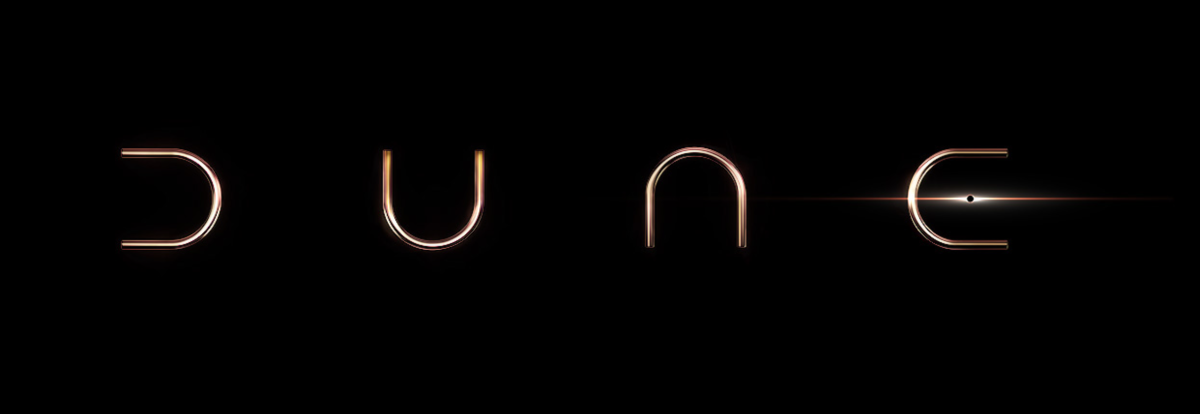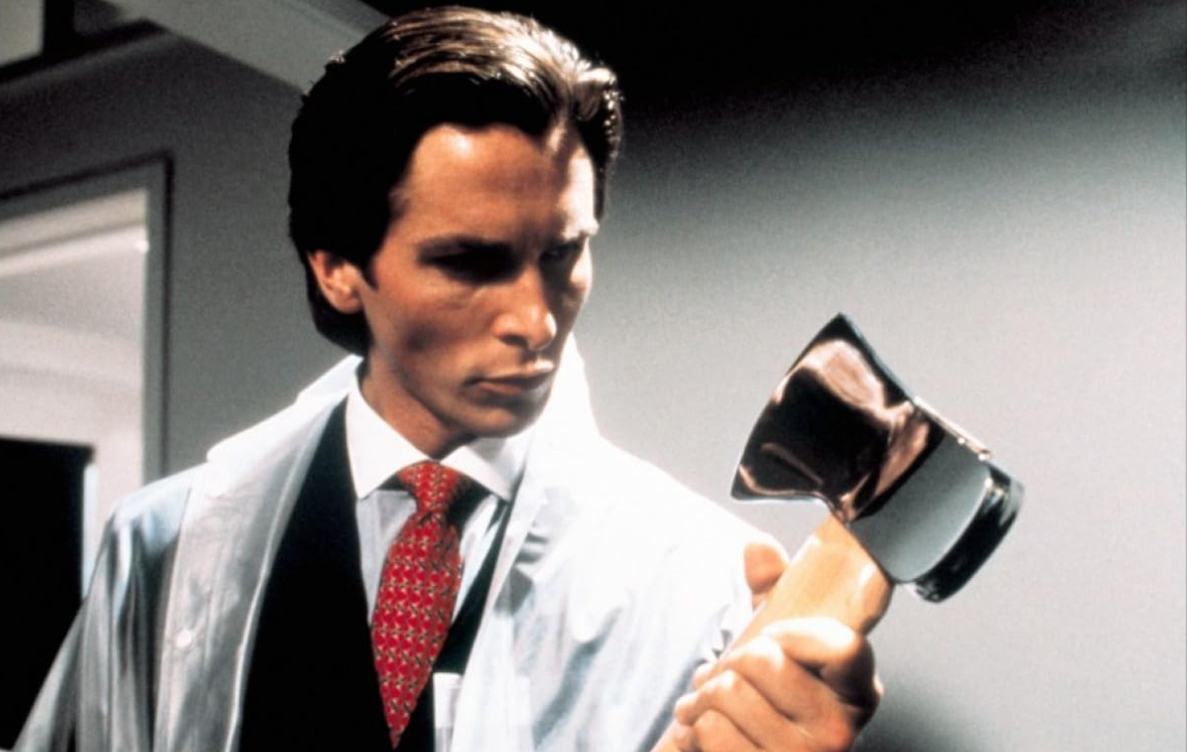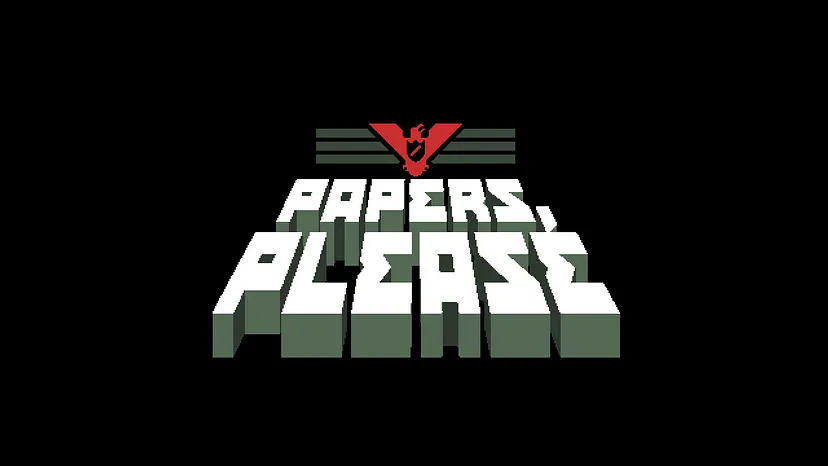In the midst of the pandemic, a glimmer of hope appeared when the world had needed it most. This shining spark of purity came in the form of a Japanese children’s television show, Pui Pui Molcar. Pui Pui Molcar (pronounced POI-POI) is a stop motion animated masterpiece consisting of two seasons, in which various lovable guinea pig-car hybrids face the hardships of their unique everyday life. Originally airing on the channel TV Tokyo—the same channel responsible for the Pokémon, Naruto, and Yu-Gi-Oh anime series—the Molcar experience soon found mainstream popularity, resonating with children and adults alike. One of the most important facets of the show catching the eyes of many is its charming and mesmerizing animation.
Molcar’s striking visuals have become the most recognizable and beloved aspect of the show. Our fuzzy friends themselves are constructed of various materials, including wool, cotton, felt, and more. Then, these buddies are brought to life using the impressive, time consuming lost art of stop motion. Every one of the molcars themselves have completely unique designs, resulting in the show containing over 60 original characters, all with a different quirky style. The animation is helmed by Tomoki Misato, the father of Pui Pui Molcar, as the show is entirely his vision, and he serves as the writer for every episode. Molcar also dabbles in other styles of animation, most notably traditional two dimensional animation created by Masaaki Tanaka, as well as computer generated animation. This, in conjunction with the use of live action footage and images, lends a beautiful, distinct style to the series adored by fans everywhere.
Another factor that contributed to the widespread success of the Molcar’s television debut is the series’ presentation. Throughout all two of its seasons, not one line of dialogue is ever spoken, and plots are conveyed in an extremely digestible, easy to understand manner. While a lack of dialogue may seem like an obstacle, it simply isn’t needed. Everything the cars are thinking is expressed perfectly through facial expressions and simple squeaks alone, and overall the show is extremely accessible to everyone. No matter what language you speak, how old you are, or if you can even hear or not, Pui Pui Molcar can be understood and enjoyed by all.
It’s apparent that Pui Pui struck a chord with audiences everywhere, kicking off what has been unofficially dubbed “Molcar Mania.” In the two years following its original TV Tokyo airing, reuploads of classic episodes garner at the very least tens of thousands of views each on video streaming site YouTube. Along with this, there are countless fan animations, song covers, reviews, high quality merchandise—both official and unofficial, and even a home console video game. Despite all of this, however, seldom is it discussed outside of online communities. Its success as a show confined exclusively to the online space. At the end of the day, this is nothing short of a genuine tragedy. This short, wholesome romp and its infectious optimism is exactly what so many people need, especially in the drought of positivity we are currently living through.
Despite Molcar’s aforementioned simplistic presentation, there are genuine morals and philosophies to glean from within its episodes. For instance, the fifth episode of the first season, Pui Pui Racing, has five of our lovable guinea pig friends engage in a fierce competition. Towards the beginning of the episode Abbey, the off-white molcar, attempts to cheat her way through the race with a pair of rockets that ultimately backfire, incidentally strewing carrots all across the racetrack. While all of the racers try to take advantage of the situation, Abbey has her snack stolen by fellow molcar Chocco, leaving Abbey with nothing. In spite of this, Abbey ultimately wins the race and chooses to share her prize with all the other racers who wronged her. In summary, the morals of the episode are to forgive those around us, as well as to always be fair no matter what. Within the rat race of modern society these values often fall to the wasteside, however the molcars intend to change that.
With all of this in mind, it can be argued that Pui Pui Molcar is, in essence, punk. To be punk is to go against traditional social norms, and in a world such as today where the standard is to disregard everyone else, caring about your peers could be considered just that.
To summarize, no one should miss out on the potentially life-changing experience that is Pui Pui Molcar. Between amazing animation, simple yet incredibly effective wordless storytelling, and respectable lessons within each episode, there’s something that can be enjoyed by everyone regardless of identity. Not to mention an extremely talented and welcoming community of fans that is surprisingly active in spite of its small size. Consider watching Pui Pui Molcar on Netflix, YouTube, or wherever else it is legally available, and give this hidden gem that mostly flew under the radar entirely the recognition that it truly deserves.








